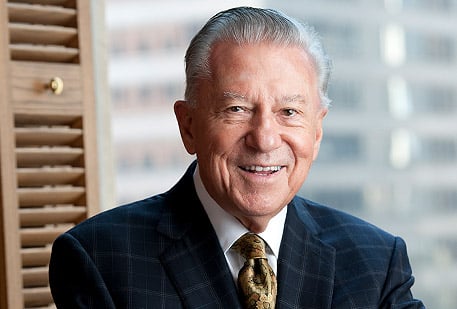How to separate the duck from the quack
“Step to the Rear,” from the 1967 Broadway production How Now, Dow Jones, announces that “here’s where we separate the notes from the noise, the men from the boys, the rose from the poison ivy.” In this rousing musical, the characters center their lives around the stock market and saving the US economy.
Familiar themes tend to resurface in reality imitating art. Senior leaders need to commit themselves to the vigilance required to hire the best and brightest in their industries. But most senior leaders don’t understand enough about what they should be looking for in prospective candidates. Too often they hire someone who reminds them of themselves or someone they simply like.
Sometimes this approach works, but too often it fails, sometimes to the tune of millions of dollars. One VP of HR told me recently that their most recent bad hire had indeed cost them a cool million. That’s a high-stakes mistake in anyone’s world.
In all industries the number one mistake I see clients making is a tendency to hire tacticians-people who know how to put processes in place and execute plans—over strategists-people who know what the company should be doing. People who can separate the critical from the unimportant, the real thing from the imposter are even more important now than they were when the 1967 musical encouraged us to find them.
Strategists can use tactics to execute a plan but pure tacticians usually can’t think strategically. In other words, you can train a strategist to implement a plan, but you can’t teach a tactician to think analytically about what the plan should be.
As you look at those in our chain of command and consider candidates for hire, ask yourself these questions about each person:
- Does this person have an understanding of how to separate “what” from “how” and awareness that establishing the destination before deciding on the mode of transportation is essential?
- Can this person keep a global perspective and avoid becoming mired in the details and tactics?
- Does this person have the ability to see patterns and anticipate consequences?
- Are priorities apparent? Is this person able to zero in on the critical few and put aside the trivial many when allocating time and resources?
- When facing a complicated or unfamiliar problem, can this individual get to the core of the issue and immediately begin to formulate possible solutions?
“Yes” answers to these means you have been able to separate the ace from the pack.
But “no” answers imply you have some work to do. Even though the tacticians in your organization will often be the fastest runners, you need strong strategists who can daily determine which race your organization should enter. Now, all others need to step to the rear and let a winner lead the way.
Reprinted with the permission of Linda Henman. For more than 30 years Dr. Henman has worked with executives and boards of directors to help them set strategy, plan succession, and develop talent. The author of Challenge the Ordinary: Why Revolutionary Companies Abandon Conventional Mindsets, Question Long-Held Assumptions, and Kill Their Sacred Cows; Landing in the Executive Chair: How to Excel in the Hotseat; and The Magnetic Boss, she has worked with Fortune 500 companies, small businesses, and military organizations. www.henmanperformancegroup.com
 CA-EN
CA-EN UK
UK AU
AU US
US NZ
NZ PH
PH ZA
ZA SG
SG HK
HK


